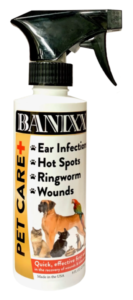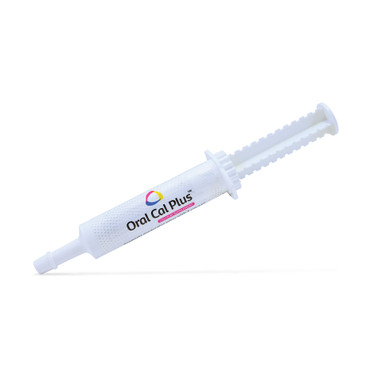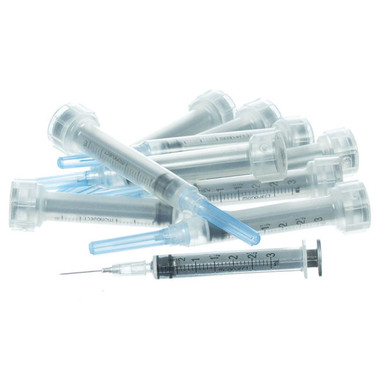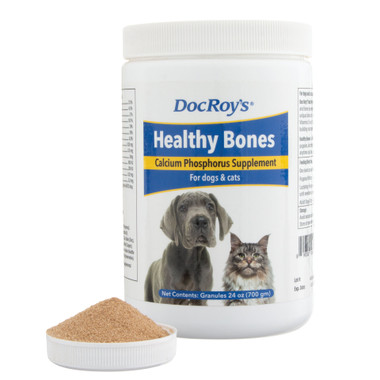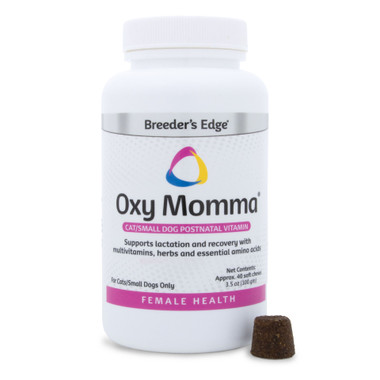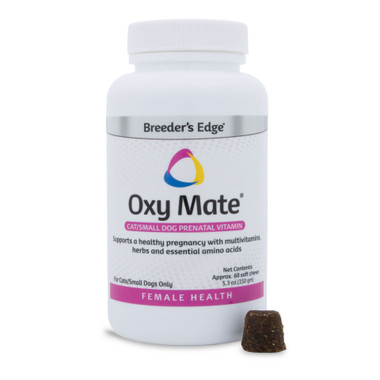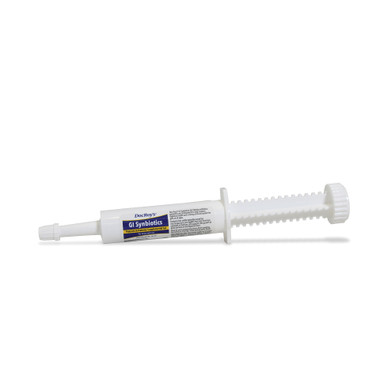Canine Influenza: Dealing with Dog Flu
Estimated 0 min read

Dog under the weather could be the flu
Poor pup feeling under the weather?
Usually, it’s nothing major to worry about. But it’s not a bad idea to be on the lookout for symptoms or signs ofcanine influenza, ordog flu.
Dog fluis on the rise in many communities in the United States. Affecting our pups, this is a respiratory virus that’s relatively new to the U.S. Consequently, our lovable pooches haven’t built up much of an immunity to it.Moreover, it’s highly contagious. Results can turn deadly if not taken seriously with a prompt defensive action by you!
Beforewe panic, let’s get educated about this illness:
What iscanine influenza?
There are two common strains of it: H3N8 and H3N2. Like other viruses, they can mutate over time (shades of the coronavirus!). Hence, we may have different strains in the future. But these strains specifically infect dogs and are not contagious for humans. Phew!
What aredog flu symptoms?

Dog flu symptoms are similar to us
Most dogs that getcanine fludevelop mild symptoms:cough, fever(often 104-105oF), runny nose, eye discharge, loss of appetite and lethargy. And for those of us who are not aware, normal temperature for a healthy dog is between 100 and 103 degrees. According toDr. Chris Roth, DVM, fromPets Best Pet Health Insurance, “a dog’s temperature is usually between 100-103 degrees Fahrenheit. Anything higher or lower may be a sign something is up”.Most commonly, your beloved doggo will have a cough that persists for up to 21 days. The cough might be similar to the “kennel cough,” another infectious canine respiratory disease.
While these symptoms don’t sound too extreme,cases usually require veterinary intervention for a rapid recovery. Even if the infection doesn’t appear to be severe, there’s no point taking the chance with your cuddly pup. Most, indeed, recover without too much trouble..However,dog flu symptomscan sometimes escalate to a more severe respiratory illness like pneumonia. Watch out for such respiratory issues like rapid breathing or difficulty breathing.
Puppies, senior dogs and dogs with pre-existing health conditions are more susceptible to severe illness. And without treatment, as we said, the outcome can be fatal.
How do dogs get it?
Dog fluis primarily spread through respiratory secretions or aerosols produced by infected dogs. Coughs, sneezes, barks – anything that shoots those secretions out into the air – can spread the virus. Your tail-wagger can even get it through licking or nose-to-nose contact with an infected dog.Even morealarming, he can get it if he comes in contact with surfaces that have been contaminated, like water. food bowls, toys and human hands.
Moreover, this flu doesn’t have a specific season when it’s prevalent, so your pup can get it any time of the year. Because it’s contagious and spreads from dog to dog, chances of contracting increase if:
- You take your dog to dog parks or dog shows/events
- Take her to the groomer
- Take advantage of doggie daycare
- Board your dog while you travel
- Your dog comes from or spends time in an animal shelter
Can dogs get the flu from humans?

Humans and dogs contract different types flu
No, there’s no evidence of this.Andvice versa – your loveable mutt will not transmit the canine flu to you!
Can dogs die fromcanine influenza?
Yes, they can, although most don’t (just like humans).Most cases are mild, and dogs recover within a few weeks.However, many cases do need veterinary help to be cured, regardless of severity.
Puppies, senior dogs and pooches with pre-existing illnesses will have lowered immune responses. With this in mind, you need to be especially watchful if your dog starts exhibiting symptoms or if you know he have been exposed to an infected dog.
Can cats getdog flu?
Canine influenza virushas occasionally been diagnosed in cats.Typical symptoms include a runny nose, sneezing, congestion, low energy, discomfort, lip smacking, and drooling. So if your Best Friend gets thedog flu, it’s a good precautionary measure to isolate her from any cats in your household, too.
How aredog flu symptomstreated?
There’s no “cure” for canine influenza, and there’s no specific treatment. Under most circumstances, you’ll simply work to manage the symptoms.
If the case is severe, the vet will most likely prescribe antibiotics to ward off or stunt a secondary bacterial infection. Other palliatives might include:
- Fluids to make sure your pup stays hydrated
- Anti-inflammatory medications to reduce fever (be sure to consult with your vet for this one)
- Antimicrobials to combat secondary bacterial infections/pneumonia
- Use of a nebulizer with saline solution to help loosen lower airway secretions
- Nutritional supplements to build up strength and immunity
What to do if you think Fido has the flu.
If you think your pup has the dog flu, take it seriously:
- Immediately isolate your pup from other dogs and cats.Stay home. Dogs are contagious for 7-10 days after they’ve stopped showing symptoms – so isolate for 3-4 weeks.
- Contact your vetfor diagnosis and guidance on how to prevent the spread to other dogs.
- If you’re going to a vet hospital or clinic,call aheadso they can give you information about their protocol for minimizing spread in the facility.
- Thoroughly cleanclothing, equipment, floors and hands with soap and hot water after contact with any dog with signs of respiratory illness.
Is there acanine influenza vaccine?
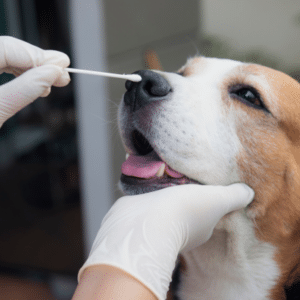
Vet testing dog for flu
Yes, there is.There is now a single vaccine designed to prevent both the H3N2 and H3N8 strains of the virus. Your dog will need a booster shot two weeks after the first dose, and it takes 3-4 weeks to provide immunity.And you’ll also need to get a yearly booster.
Note thatthedog flu vaccinemay not prevent the flu entirely.Butit will reduce the severity of the symptoms and help your precious pooch to fight the infection more easily.
However, there’s a little controversy about whether routine use ofcanine influenza vaccinesis a good idea. Most vets recommend it only if you live in an area where the virus is known to be prevalent. Or if your dog is frequently in contact with other dogs.In fact,there is currently a shortage of vaccines. Accordingly, some vets are saying it should be limited to pups who are at severe risk or death if they get infected.
In conclusion, your beloved mutt’s health is always a concern and a responsibility. That’s why it’s important to keep a sharp eye out for signs and symptoms.Moreover, it’s smart to keep a sharp EAR out, too. Your friends and acquaintances may know of other infected dogs in your area. You can protect your furry pal – and take quick action in case of infection.
Canine influenzais just one of many health issues that can affect your dog. Ear infections, ringworm, itchy skin problems, hot spots, wounds – the list goes on. Banixx is your go-to source to treat common dog problems like these. It’s safe around the eye, doesn’t sting or burn or leave a sticky residue, and it doesn’t contain any steroids or antibiotics. It’s easy to use, affordable, and – most important – effective!
You can purchaseBanixx dog care productsonlineorin stores. Get yours now or fine a nearby store.
Sources:
https://www.cbsnews.com/minnesota/news/how-do-you-know-if-your-dog-needs-the-canine-flu-vaccine-and-how-much-do-they-cost/
https://vcahospitals.com/know-your-pet/canine-influenza-the-dog-flu
https://www.akc.org/expert-advice/health/dog-flu-shot-canine-influenza/
https://www.avma.org/resources-tools/animal-health-and-welfare/animal-health/canine-influenza-veterinary-resources



